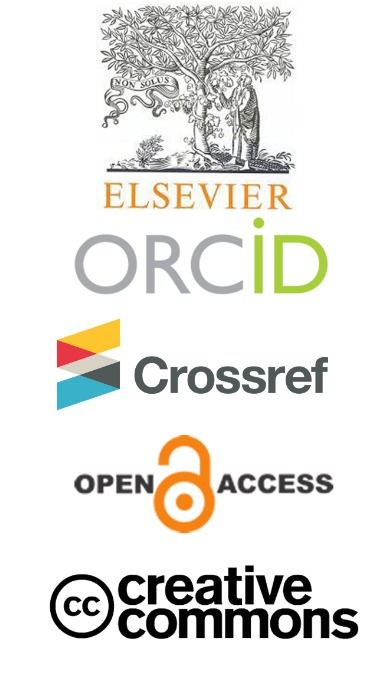The Correlation of Organizational Factors and University Lecturers’ Happiness
Abstract
Happy employees are more likely to produce better performance. An employee will spend almost half a day at work. This study was conducted to determine the association between an organization and the happiness of Malaysian public university lecturers and to identify the most significant organizational factors for lecturers’ happiness in Malaysian public universities. A descriptive survey was conducted involving 361 respondents who were selected based on simple random sampling. The relationship between organizational factors and lecturer happiness was analyzed using the Pearson correlation method. Multiple regression analysis was used to determine the effect of the most significant organizational factors on lecturer happiness. The results of the study showed that the work environment had a high correlation relationship and a clear relationship with happiness in the workplace, with a Pearson correlation value of r = 0.823. In contrast, factors that influenced the happiness of lecturers in all categories combined contributed 83% to lecturer happiness in the workplace with a value of R square of 0.833. The work environment was also shown as the most dominant factor in multiple regression analysis, with a standardized coefficient value of 0.317. This study can be used as a guide by the Ministry of Public University in Malaysia and other organizations, mainly to ensure that the happiness of the organization should be taken into account at all times to ensure that lecturers can perform their duties well.



